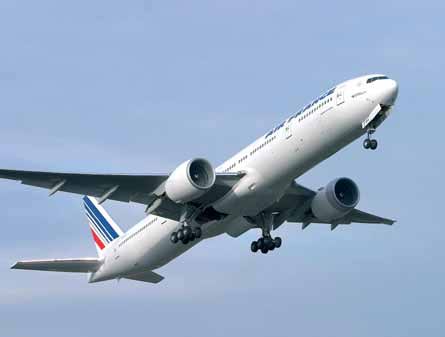Manufacturer to introduce update for GE90-115B-powered 777 fleet next month to counter thrust roll-back problem
General Electric says a new software load for the GE90-115B full authority digital engine control (FADEC) will be installed in the Boeing 777-200LR/300ER fleet from mid-November to counter dual thrust roll-back on take-off.
The software will be loadable on the flightdeck from a compact disc, with the upload expected to take around 30min per aircraft, says GE. Although just over half of the 57-strong fleet are fitted with the problematic FADEC algorithm, the entire fleet will be changed to ensure compliance.
The action comes on the heels of an emergency airworthiness directive (AD) issued by the US Federal Aviation Administration, and follows a GE service bulletin advising operators to use full-rated thrust for all take-offs in the interim. Operators currently and routinely use derated settings for take-offs on shorter routes and with lighter take-off weights, but will now use full-power regardless of any computed derate options, should they be available.
The AD was issued on 30 September as a result of two occurrences of engine thrust roll-back during take-off on 777-300ERs. In both cases only one engine was affected, but there are concerns that “a dual-engine thrust roll-back could occur just after V1, which would result in the aircraft not having adequate thrust to safely complete the takeoff”, says the FAA.
|
|---|
The AD requires full-rated take-off thrust for all departures |
The FAA says that in the two reported cases of thrust roll-back during take-off, the N1 thrust level on the affected engine “progressively dropped, resulting in a thrust loss of 65-77% due to an erroneous N1 command” computed by the FADEC system.
It says that in each case, the engine recovered to the proper thrust level as the aircraft climbed beyond 400ft (122m) above ground level.
GE says that in both cases the fault appears to have been triggered by “several factors that have to occur”, including particular cross-wind conditions, adding that “no pilot action was required and the aircraft recovered through the standard auto-throttle”.
Source: Flight International
























